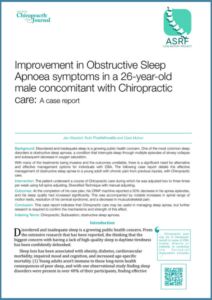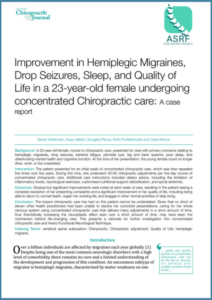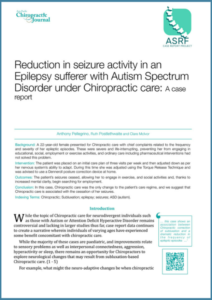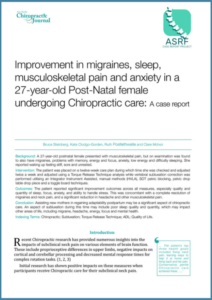In 2021, 2022, 2023 and 2024, we raised funds through our Spinal Research Hero Month, for some very important research – the ‘ASRF Case Report Project’. This exciting project was designed to gather front-line evidence in the form of case study information, from Chiropractors around the globe.
We know you see incredible stories and transformations take place in your practice all the time, but did you know they can contribute powerfully to the evidence and narrative about our profession?
We are capturing your stories and transforming them into much-needed case reports. For the first 3 years of the project, we focused on the effects of chiropractic care on things like stress, immunity and adaptability, in alignment with our current Research Agenda. In 2024, we are calling for submissions that explore the role of Subluxation, Quality of Life and Functional Outcome Measures Across the Lifespan, again in line with our Research Agenda focus.
As a result of the project, by September 2024, we will have published 51 case reports, five of which were case series covering 22 individual cases (ie: 68 cases in total). We have also published two standalone literature reviews and a commentary piece. Those published to date are below, with more to come soon. All Case Reports and other outcomes from this project are published on the Asia-Pacific Chiropractic Journal.
















































